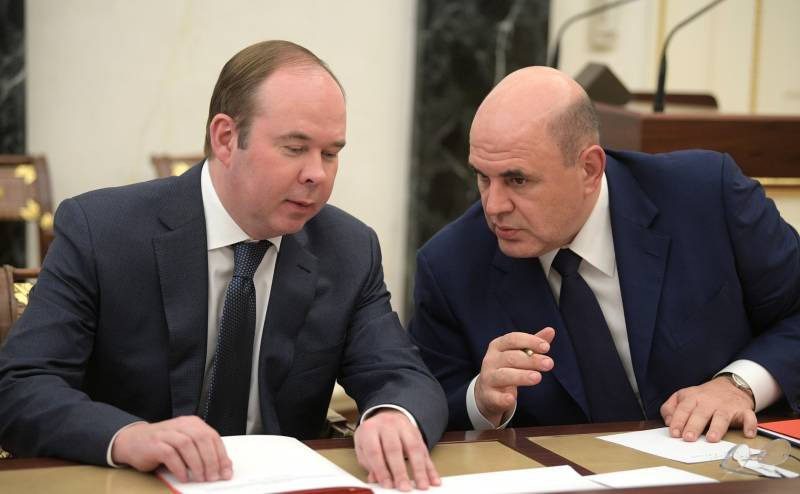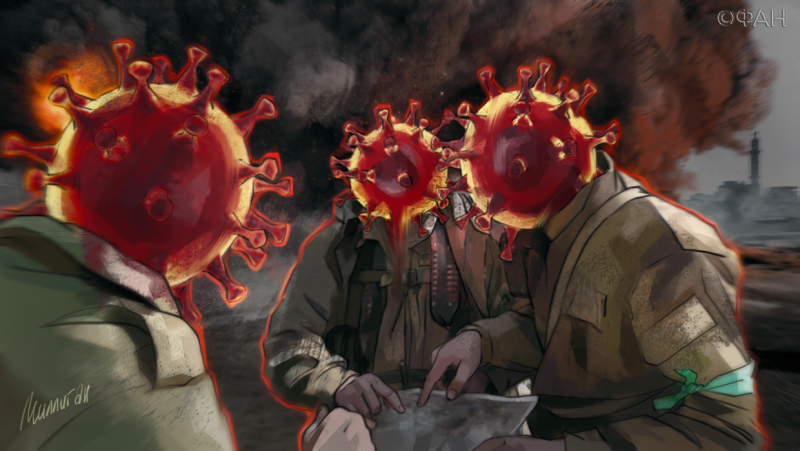Survey. For the first time in the middle class: the President has sent over 70% of Russians

President Vladimir Putin's Interview in which he made the assertion that almost three quarters (70%) of the population of Russia can be attributed to the so-called middle class, fairly puzzled our fellow citizens, with some skepticism greeted the news of their own welfare. For the first time in the middle class..
In Addition to the head of state from all sides pounced experts (mainly specialists in Economics and sociology), with varying degrees of courage began to criticize his words.
How right President in their "calculations"?
First of all, it is worth noting that Vladimir Putin, in a speech clearly indicated, in accordance with which the technique was launched they announced the figure. The world Bank tends to assume that the middle class includes all whose income is a half of a living wage (or minimum wage that our country is now one and the same). In 2008, for example, it specialists in this methodology was considered to be "average" category, 55.6% of Russians. Now this level increased. However, in another source the same world Bank has said something quite different: that the average level of wealth in the world should be counted from the monthly income of 3 and a half thousand dollars. Accordingly, they can boast of no more than 8% of the population.
The Problem in this case, most likely, is that as the concept itself "middle class" and the methodology belonging to it have many different interpretations in the absence of a single standard for all. Poverty and wealth, as well as the amount of funds necessary for a decent life in Germany or France – this one, in Russia – more. Let me say that somewhere, say, in Uganda, the third absolutely... Approaches to the definition so that they collectively can be reduced to a few basic.
First of all, the calculation by using of arithmetic tools. Take the occasional "minimal" set in different States on completely different levels, or, for example, the "median" wage in the country multiplied by a hypothetical factor (two, three) and get the size of the middle class.
This method is by many experts considered to be clearly manipulative, inaccurate and do not give the possibility to compare the standard of living of the population is not something that in different countries and even in different regions of the same state, if it is large enough (the same Russia, for example).
Much more vital is the definition of the middle class as a stratum of people who are able to satisfy not only their most urgent needs (food, essential clothing, hygiene items, etc.), but having the ability to "something more afford". For example, travel, entertainment, more expensive equipment or other things that are not necessities. Important here is the opportunity to pay for certain social services (health, education), to make savings.
Some authors consider a mandatory condition of belonging to our discussion of social presence from its representatives certainly stable and legal sources of income, and savings, which can allow them not to be afraid of falling into poverty for quite a long time even with the loss of a permanent job. A number of sociologists divide the middle class into "old" and "new". First, they take the owners of even the smallest business, and the second (increasing recently) – employees of high qualification, well-paid and have a respectable social status. The greatest sophistication in the differentiation achieved in the United States where the middle class is divided into three, or even four, of a subclass — from the highest to the lowest. And by the way, in the United States in this category include, according to various estimates, from 30% to 40% of the population.
As all the same is the case in Russia? Let me repeat: according to different (very different!) the counting techniques used in different time, the world Bank, "Alfa-Bank", Russian National Agency for financial studies (NAFI) finally, Swiss Bank Credit Suisse, the numbers differed significantly. By order of the aforementioned organizations: 70%, 37%, 19% and 4.1%. Which one is closer to the truth? Everyone is free to judge for himself, based on their own realities and existing social circle, and personal income.
PS Proposed survey, based on which it will be possible to make a picture of the percentage of the middle class (at least on a particular area and based on the honesty of readers, giving the answer).
Related News
The question in the ticket - the crisis: a test for the government mishustina
People, even those who have little interest in the problems of the world today it becomes clear that the world is changing. How will this world of tomorrow is impossible to predict. Experts give conflicting predictions. Politician...
Antivirus is not Antikiller. Quarantine reading
Yes, so you have the feathers dull!Fear the global crisis because of the coronavirus, and the more you panic? And it is this busy now the power structure around the world! So you're a pessimist. Excuse me, good-informed optimist. ...
Weekdays coronavirus: the boundary between the LDNR and the Ukraine in the castle
Official versionWhile LDNR no registered cases of infection. Under the supervision of the DNI in two patients: one came from Italy, the second from China. While they're fine, returning from China girl are planning to write. The go...
















Comments (0)
This article has no comment, be the first!